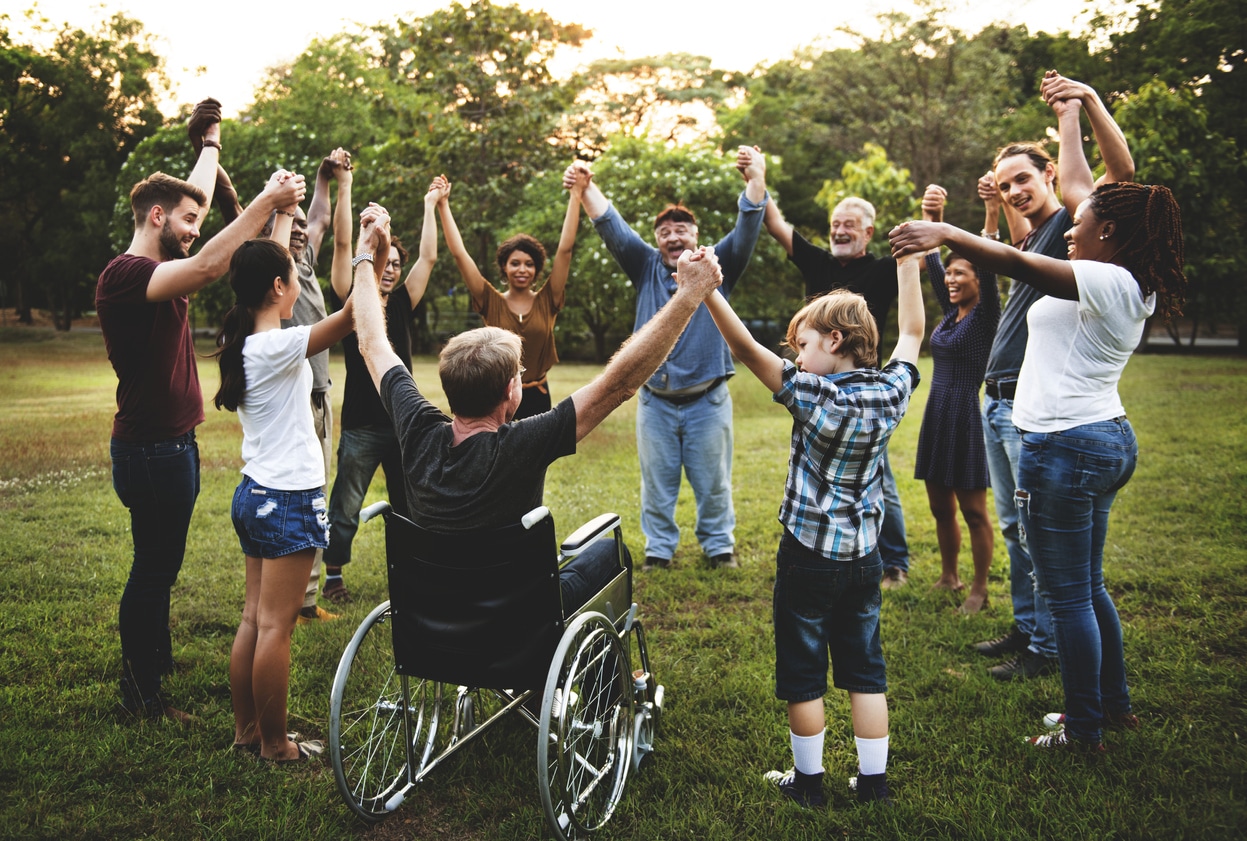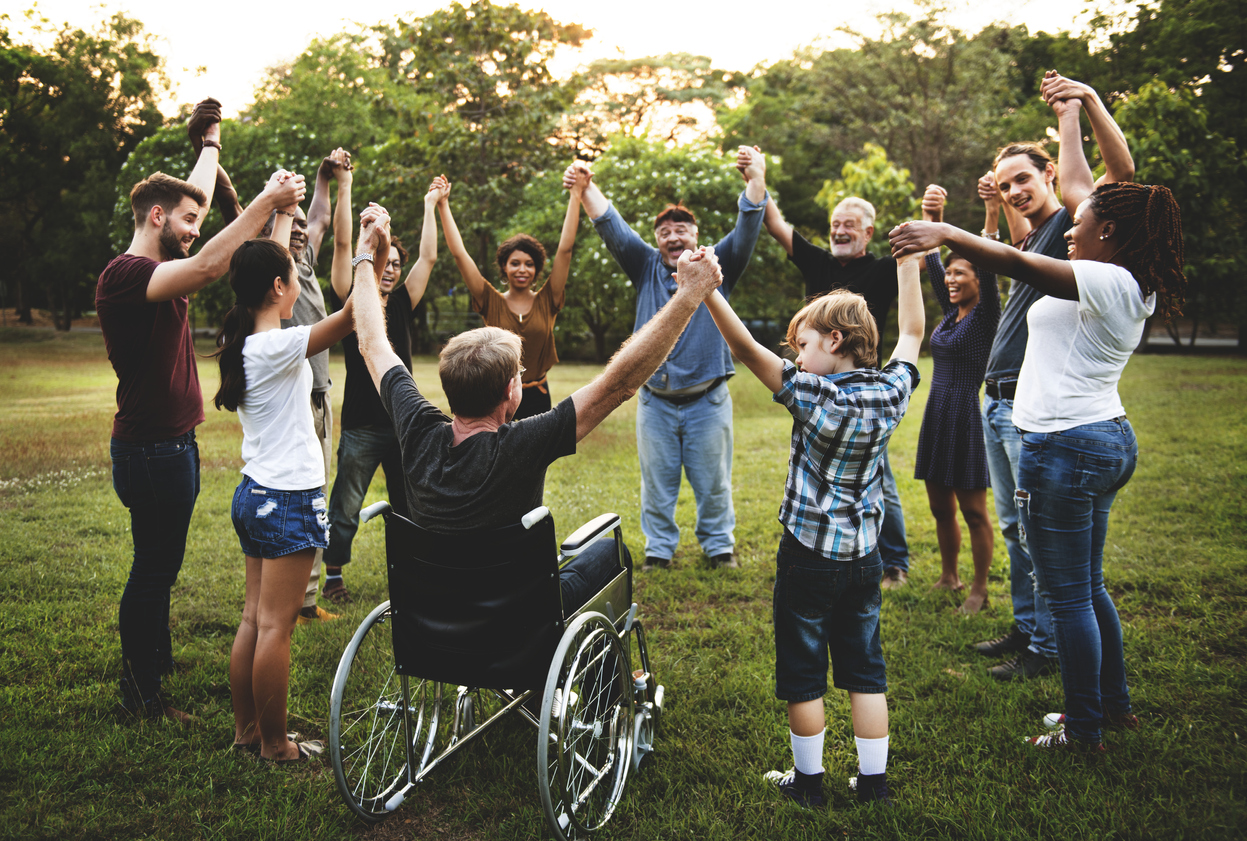
Eco-Ableism Explained: How Those With Disabilities Are Disproportionately Affected by Climate Change

People without disabilities might not think twice about shedding environmentally harmful habits for a more sustainable lifestyle. It might come so easily to them they fail to comprehend why everyone else doesn’t follow suit.
While the climate change movement is imperative, not every green solution is feasible – especially for those with disabilities. It’s easy to forget the challenges marginalized communities face, resulting in a negative attitude that does more harm than good.
For climate change solutions and policies to work, all groups of people need representation. Of course, the only way to do this is by eliminating eco-ableism.
What Is Eco-Ableism and How Does It Impact Those With Disabilities?
According to the Generation Foundation, eco-ableism discriminates against and shames people with disabilities for not playing a more profound role in environmental activism. The disconnect occurs when non-disabled activists fail to understand what the Disabled community experiences daily and how the proposed solutions may hurt them.
Of course, the sad reality is 1 billion people live with a disability. 20% of these people struggle to perform everyday tasks – and yet this group of individuals is the most vulnerable to poverty and climate change impacts.
From 2008 to 2019, the poverty rate in the United States was 25.9% for people with disabilities – a particularly alarming fact due to years of research linking climate change risks to low-income households.
For instance, scientists predict climate change will place between 32 and 132 million people worldwide well below the poverty level by 2030, primarily impacting access to food and adequate housing.
Imagine the effects of flooding events damaging low-income housing complexes with little financial recourse for improved infrastructure. Continuous moisture can cause mold and mildew exposure, posing severe respiratory and heart conditions for people with disabilities.
Additionally, extreme weather events disrupt essential social protections and health care services the Disabled community relies on.
It’s foolish to assume those with disabilities don’t care about the climate crisis when they’re most disproportionately affected. Rather than actively participating in toxic eco-ableism, learning from the Disabled community and building greater accessibility and inclusivity in eco-activism is more conducive to stronger resolutions.
4 Ways to Change Eco-Ableism
Environmental activists have quite the task ahead of them: developing climate-focused strategies to help preserve the planet and society for generations. However, to accomplish this, common eco-ableist tendencies need to change. Follow these four ways to change eco-ableism for greater inclusivity.
- Avoid Criticisms
Anti-plastic pollution campaigns target reducing plastic waste to protect precious marine and terrestrial ecosystems. Estimates indicate 37 million metric tons of plastic will enter our oceans annually by 2040.
Sustainable lifestyle changes – riding a bike instead of driving, using reusable grocery bags and water bottles, eating a plant-based diet, avoiding plastic straws – are essential to creating a healthier planet, but it isn’t possible for everyone.
The Disabled community is home to environmentalists, activists, and naturalists who are just as passionate about fighting climate change as the rest of the world. Yet, they’re often susceptible to guilt trips and punishment for not adhering to optimal eco-friendliness.
The reality is a person with prosthetic limbs is unlikely to ride a bike everywhere. Also, imagine how difficult it is for those who use a wheelchair to ride over bumpy sidewalks without spilling their drink – straws are necessary.
Additionally, a plant-based diet may not be healthy or safe for those with certain chronic conditions and impairments who require the essential nutrients from a well-balanced diet.
Watching your eco-ableist rhetoric and avoiding criticizing people for not adopting a perfectly sustainable lifestyle is critical to changing eco-ableism.
- Amplify the Voices of People with Disabilities
Nobody understands the challenges of living with a disability more than someone with one. When it comes to combating climate change, amplifying marginalized voices becomes a necessity.
Amplification of the voices of people with disabilities has many positive effects. For one thing, it gives the Disabled community a platform to depict their experiences and provide their take on potential solutions.
Often, the ideas of marginalized individuals are overlooked or rejected by leaders and the majority. However, endorsing original ideas rather than ignoring their perspective is the best way to advance changes.
A recent study found amplification universally helps everyone. When underrepresented groups amplify one another, there’s a greater chance of improving inclusion and equality.
- Make Protests and Actions More Accessible
Protests are essential in the fight against climate change, but we have to ensure these events are accessible for everyone to mobilize, including those with disabilities.
Event organizers must focus on meeting the needs of those whose presence matters most at protests. Examples of creating a more inclusive and accessible climate action march may include:
- Easy access to ADA-compliant bathroom facilities, especially if the event is at a park
- Spaces with flat, smooth surfaces
- Large sidewalks with curb easements for wheelchairs
- Ramps and street-level entryways
- Offering wheelchairs to those who need them
- Hiring American Sign Language (ASL) interpreters
The Deaf community is a commonly overlooked group at rallies, but is often a victim of violent behaviors. According to research, Deaf individuals are two to three times more vulnerable to physical or sexual harm and bullying than their non-Deaf counterparts.
Another way to beat eco-ableism and ensure event accessibility is to deliver an alternative to in-person mobilization. Some often criticize online activism as “slacktivism,” yet social media communication can empower the Disabled community with a safe platform to share climate-focused imagery, art, counter arguments, and other marginalized realities with outsiders.
- Concentrate More on System Change
A recent study published by NewClimate Institute showed corporate sustainability initiatives aren’t what they’re cracked up to be.
Only three of the 25 companies analyzed – Maersk, Vodafone, and Deutsche Telekom – were truly working toward net-zero emissions. However, the rest of the companies with net-zero targets were actually committed to reducing only 40% of their emissions.
Combatting eco-ableism for those with disabilities might require a shift from individualized behaviors to a more resounding fight for systemic change. Remember many eco-friendly behavioral changes aren’t possible for the Disabled community.
Targeting leadership for more stringent climate policies will be the most effective step toward change anyway. In fact, 65% of Americans agree the government isn’t doing enough to reduce climate change impacts.
Climate activists of all backgrounds should demand change from their leaders. Policies might include:
- Closing carbon loopholes the oil and gas industries have exploited
- Planting more trees for carbon sequestration
- More stringent fuel efficiency standards for vehicles
- Corporate tax credits for carbon capture and storage
- Transitioning to renewable energy
Speaking out for the Disabled community, and fighting for policies safeguarding disproportionately affected individuals from climate change, fosters a more inclusive society.
When Social Justice and Environmental Movements Collide
Countering eco-ableism means recognizing the overlapping components of social justice and environmental movements. It’s impossible to ignore those with disabilities while attempting to save the planet for all humans and future generations.



Post a comment